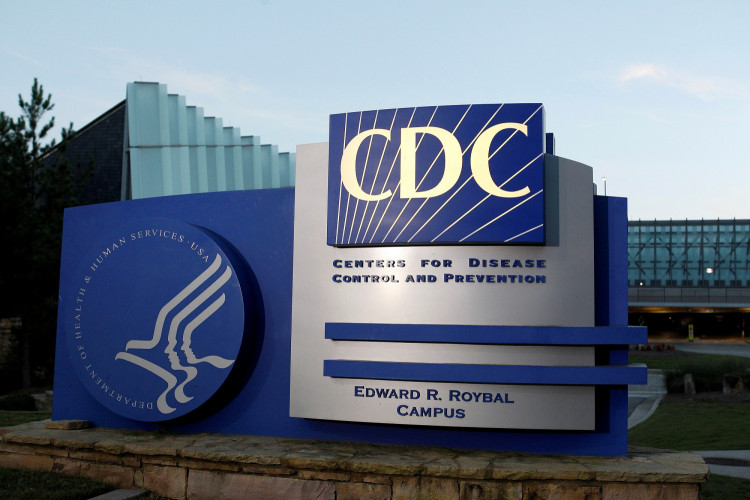The U.S. Centers for Disease Control and Prevention relaxed its COVID-19 standards for isolation and testing in schools as the nation rebounds from another devastating wave of infections and pandemic fatigue continues to develop among Americans.
In a much-expected ruling, the CDC dropped previous quarantine instructions for pupils exposed to a virus-positive individual. The revised guidance also eliminates recommendations that schools minimize student interactions by grouping them during the school day.
In addition, it was stated that schools should no longer do routine COVID-19 testing on asymptomatic or unexposed children, and that schools should only do so in reaction to an outbreak, a high community risk, or a high-risk school event, such as a prom or a large sports event.
The new directive eliminates the "test-to-stay" recommendation from the previous year, which advised schools to test exposed pupils for the virus to escape quarantine.
Also, the agency rescinded its recommendation that unvaccinated or under-vaccinated individuals be quarantined following exposure and stated that schools should adopt the same policy for pupils.
Students exposed to the virus, as well as unvaccinated individuals who come into touch with an infected person, must take a test after five days and wear a mask for ten days.
Currently, the CDC only recommends quarantine for individuals who test positive for COVID-19, urging they remain at home for at least five days.
The agency's general masking proposals for schools remain unchanged, recommending a mask only for immunocompromised or high-risk individuals or those with high-risk close contacts in areas of medium-level community risk, and for everyone 2 years of age and older in areas of high-level community risk.
During a Thursday briefing, Greta Massetti, author of the CDC report outlining the new guidelines, stated, "We know that the virus is here to stay."
She added that they are currently in a different space due to the high levels of population immunity as a result of vaccination and previous infection, as well as the numerous instruments we have available to protect individuals from severe sickness and death.
In most community settings, attempts to screen for the virus should include testing of both vaccinated and unvaccinated individuals, the revised recommendations said.
About 95% of the U.S. population currently has antibodies from earlier infection or vaccine, providing protection against severe disease, according to Massetti.
"Therefore, it makes the most sense not to differentiate our guidelines or recommendations based on vaccination status at this time," she added.






